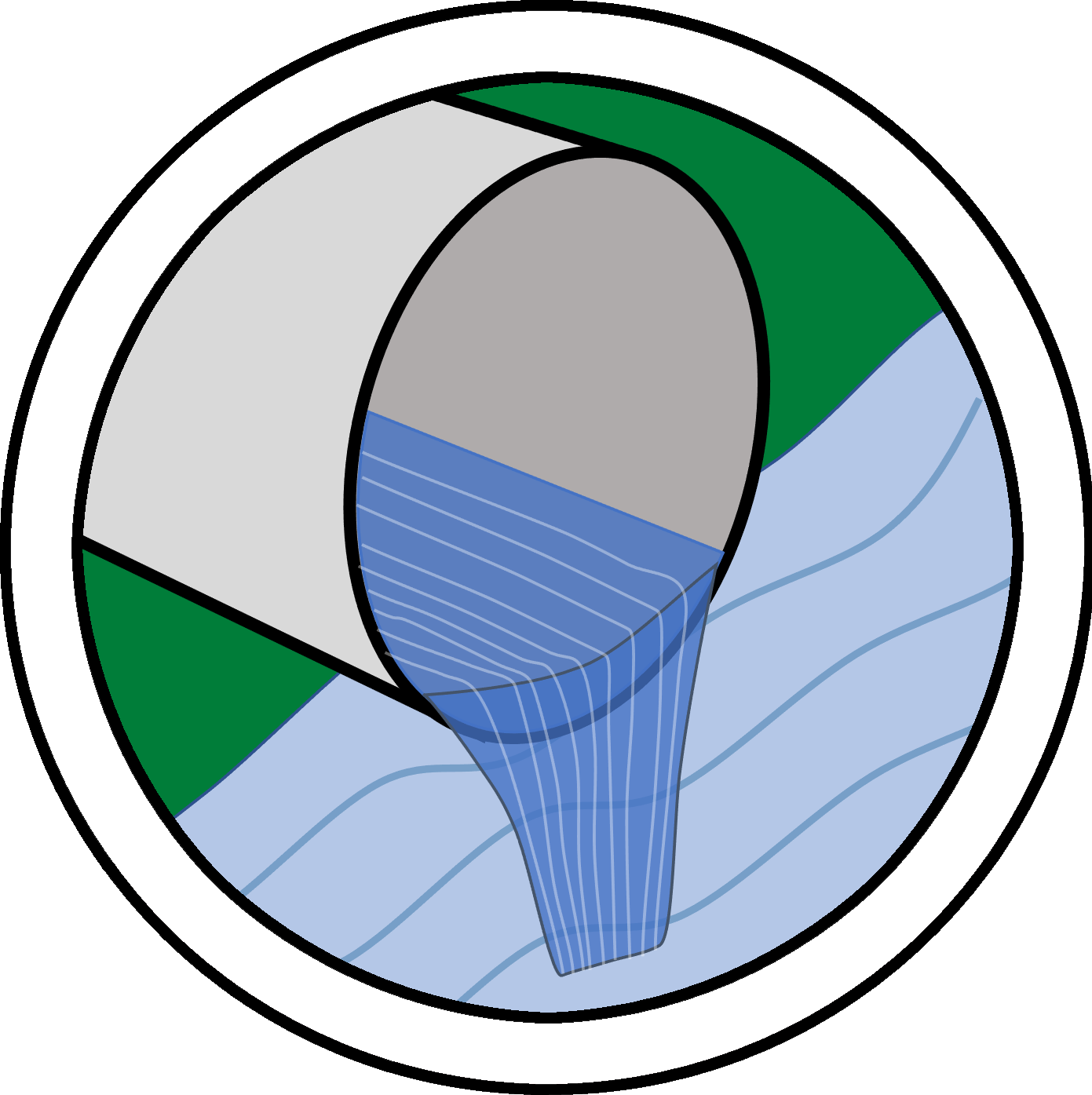Use Attainability Analysis and the Use Revision Process
This interactive diagram is intended to help states, authorized tribes, and territories establish or revise designated uses by addressing the steps and questions they should consider while conducting a Use Attainability Analysis (UAA). In general, a UAA is required when revising designated uses related to protecting aquatic life, wildlife, and recreation in and on the water specified in . However, this diagram may also be helpful when establishing or revising other uses (i.e., ""). 40 CFR 131.10 details when a UAA is required and the specific requirements for establishing and revising designated uses.
Please note that while the questions presented in this process diagram are intended to be comprehensive, this 4-step diagram is a starting point for conducting a UAA. Users may need to ask themselves additional questions to more accurately capture case-specific information for a particular UAA.
Select the steps to view details, including tips for use revisions related to combined sewer overflows (CSOs).
Important!
Depending on the situation, other approaches such as development of site-specific criteria, adopting WQS variances, or using compliance schedules may be more appropriate than revising a designated use. Please keep these other approaches in mind while you are using this diagram.Use of this UAA process diagram to develop a UAA does not guarantee EPA approval of the related WQS use revision.
Interactive Diagram: Overview of UAA and Use Revision Process

Step 1 Identify the Waterbody Characteristics

Step 2 Analyze the Data

Step 3 Draft the UAA and Regulatory Language

Step 4 Conduct the Rulemaking Process
Potential Resources and Tools
- Waterbody-Specific Resources and Tools
- Current economic data for communities near the waterbody.
- UAA protocols for the state, authorized tribe, or territory.
- Alternatives analyses evaluating activities that could remedy any of the anthropogenic stressors.
- Approved Long Term Control Plans (LTCP) for any CSOs that discharge into the waterbody.
- National Pollution Discharge Elimination System (NPDES) permits from any facilities discharging into the waterbody.
- Total Maximum Daily Loads (TMDL) for the waterbody.
- General Resources and Tools
- State-Specific Water Quality Standards Effective under the Clean Water Act
-
Final Rulemaking to Update the National Water Quality Standards Regulation
- Examples of UAAs (Case Studies)
- Questions and Answers on EPA's Existing Use Policy, Letter to Mr. Derek Smithee, State of Oklahoma Water Resources Board (pdf)(12 pp, 3 MB)
- Protection of Downstream Waters in Water Quality Standards: Frequently Asked Questions (pdf) (12 pp, 567 K)
- Spreadsheet Tools to Evaluate Economic Impacts - Private Sector | Public Sector
- Options for Modernizing Public Hearings for Water Quality Standard Decisions Consistent with 40 CFR 25.5
- National Water Quality Monitoring Council: EPA USGS Water Quality Portal


